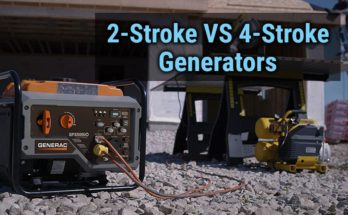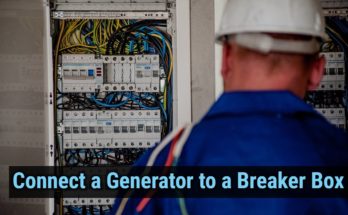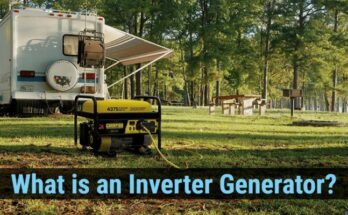A frustrating thing is when you need power, and your generator refuses to start. This is likely to happen if it is stored for more than a few months. The reason for this can be many, but with some simple steps and manual inspection, you can start the generator.
Stale fuel or low oil level may be a problem. Also, a dead battery won’t let the generator start electrically. There are many reasons that won’t let your generator start.
In this article, we have compiled a list of almost all the reasons and their remedies so that your generator starts as you want it to.
Table of Contents
Inspect these things if your generator doesn’t start
If your generator can’t start, then there are more than a few reasons for that. We have listed down all the potential reasons due to which a generator fails to start and the solution to that problem as well.
Check the quality of the gas and gas level
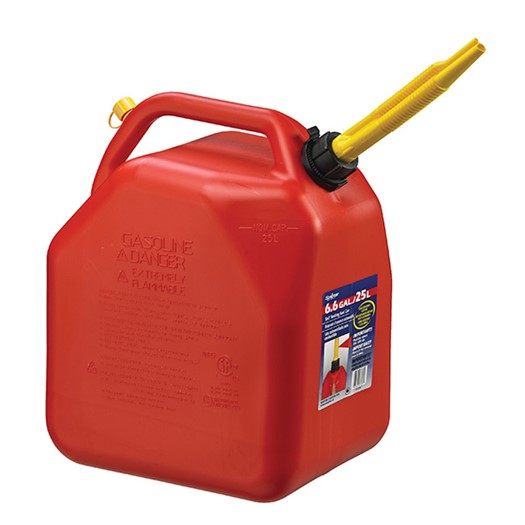
If your generator has stayed idle for longer than a few months with the fuel in it, then it may not start. This is the most obvious reason, as the gasoline goes bad or stale if it sits idle for 2 or 3 months. But, if you have added preservatives to it, then its lifetime will be more.
Gasoline that is degraded highly damages the generator; you should flush it out from the fuel tank and carburetor tank and fill it up with the new gasoline. If the stale gasoline isn’t the reason, then the quantity of the fuel can also prevent the generator from starting; a generator won’t start if the fuel level is low.
Other than that, if you use a propane generator, then first, you should examine if there is enough propane left in the tank to start the generator. Also, inspect all the valves on the tank and the hose and make sure that they are open.
Check whether the choke is in the proper position or not
The choke needs to be on the “Start” when the generator is started after a long pause or for the first time after several days; on a start position, the choke won’t let any air pass; it is a completely closed position. The choke has a function to control the amount of air that needs to be mixed with the fuel.
After the generator has started and warmed up, you can change the choke position to the “Run” indication. When the generator starts and is still warm due to the previous session, then the choke doesn’t need to be set to the “Start” position.
If the passing air is too little, then the generator won’t start, and if it is too low, then also the generator won’t start. This results in an improper combination of the fuel and the air, which is not a suitable fuel mixture to be used for combustion.
Check on oil
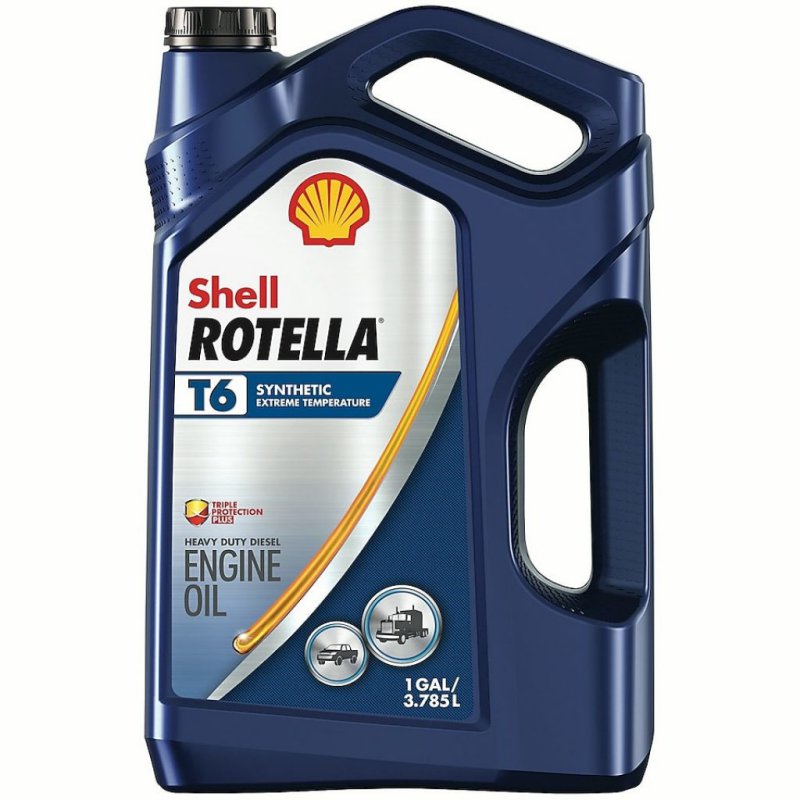
A generator is a mechanical machine. For proper working, its moving parts need to be properly lubricated. It doesn’t happen, then the engine and other parts get damaged. To avoid these, many generators come with low oil shut down feature.
If the oil level in the tank falls below a certain level, then the generator won’t be able to start because the safety mechanism won’t allow it.
The oil in any ordinary generator will need to be replenished after every 50 to 70 hours of use, so if your generator is used for that time and the oil hasn’t been changed, then most likely that is the cause if your generator doesn’t start.
An alternative cause for low oil levels can be a leakage of oil from somewhere. The solution to this problem is to find the leak and remedy it. If the low oil level is the cause, then it can be solved by adding more oil; you can refer to the user’s manual to choose the best oil for your generator.
Check If the Low Oil Level Sensor is working properly or not
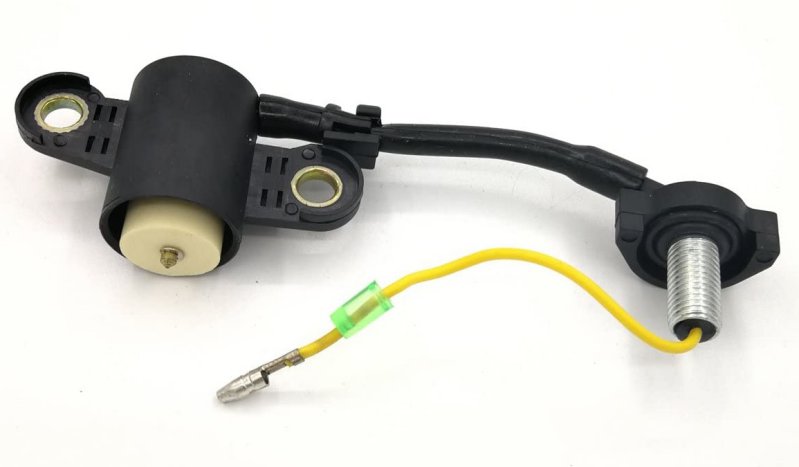
As mentioned, the oil needs to be up to a certain level in the oil tank for the generator to run properly, but what if the oil is enough, but still the generator doesn’t start.
One reason can be the tilt due to its placement on the unlevelled surface. This can fool the sensor, and it won’t allow the generator to start. You can simply level the generator to solve the issue.
Another reason can be the malfunctioned or damaged low oil sensor if your generator is already on a flat surface. To check if the issue is with the low oil sensor, you can simply detach it from the system by pulling the wires coming out of the crankshaft of the engine.
If now the generator starts, then that was the cause. In most cases, the sensor works fine after reattaching it, but if not, then it needs to be replaced. You can hire a technician or can do it yourself with the help of a manual.
Note that before doing this, you should make sure that oil is sufficient and the filters are not dirty.
See if your battery has charged in it or not
The dead battery creates a problem for the generators with the electric start. The result of a dead battery is the dead electric start, and you won’t be able to start your generator with the electric start.
If this is the reason, then your generator should start on the recoil start, start the generator with the recoil start, and if it starts, then the problem is identified, and you will need to recharge the battery.
That is simple for the generators with the auxiliary recoil starter, but if it isn’t not there, then you can charge the battery through a 12-volt DC outlet. It can also be charged with the household AC outlet by using a converter.
When the charged battery is attached and the generator starts, then the dead battery was the reason, otherwise not.
Check The Fuel Valve and its position
The leftover fuel not only clogs and degrades the carburetor but can also clog the fuel valve. If that is so, then your generator will refuse to start. You can prevent this by emptying the fuel tank and carburetor.
To check if this is the reason, check if the fuel is reaching the carburetor by inspecting the position of the fuel valve. If the valve is closed, then the fuel won’t flow to the carburetor. You can open the valve.
If the valve is open, then it is possible that the flow of fuel is blocked somewhere inside the fuel line or there is a leak in the line. If there is a leak, then you will need a new one.
You can take out the hose from the valve inlet and let the fuel flow, also have something to store the fuel. If the fuel flows without any problem, then the problem isn’t there.
Moreover, to block any unnecessary things, the generator comes with the filter between the carburetor and the fuel valve. If you find it clogged, then clean it or replace it; it should solve your problem.
Check the carburetor
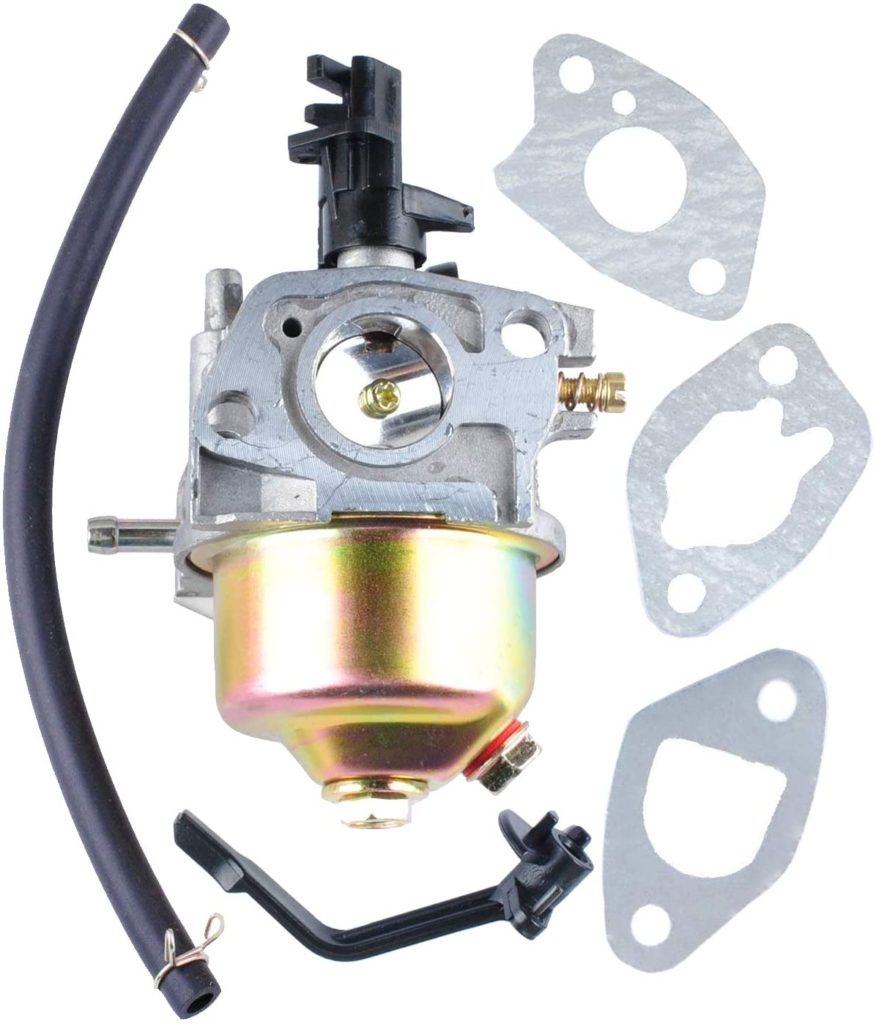
A stale fuel blocks the inlet to the carburetor, and it is very likely to happen if you have stored your generator for more than 2 months without draining the fuel from it. The solution is to clean the carburetor so that the new fuel can flow in.
To clean the carburetor, you need to take out the bowl from the bottom but be very careful while doing it and then use some brush and a cloth to clean it. After that, to unclog the inlet, you can use some things with a sharp front like a needle or thumb pin.
Before doing any of this, turn of the fuel valve; otherwise, the fuel will be spilled over.
Another simple way to do this without removing the carburetor is to use the car cleaner on the orifices and jets. Once it is cleaned, you can start the generator and see if the problem is resolved or not.
Make Sure no cables are connected to the outlets
Most of the generators won’t start when some appliances are connected to them. So, make sure that no appliances are tethered to the generator; if they are, then remove them and then try starting the generator.
The generator won’t start even if only cables without any appliances are connected to it, so remove if any extra cables are connected to the outlets.
Clean the Air Filter

If the generator isn’t starting, then one of the reasons can be the unavailability of sufficient air. If the air filter gets clogged with dust, then the flow of air will be restricted, and if that happens then, the generator won’t start because there won’t be enough air available for the combustion to take place.
If the air filter is not so clogged, then you can shake the dust off or use a blower to remove it. If it is clogged and can’t be cleaned, then you will need to replace it. They are not that costly, so having a spare air filter will make it convenient.
After that check, if the generators start or not.
Resolve the problems in a spark plug
If you have a problem with your spark plug, then you can simply tell by analyzing the response of your generator when you start it. The key thing to start the generator is a spark plug, and when it is defective, the generator won’t even try to start. There won’t be any response from the generator in this case.
To inspect the spark plug, you need to remove it, and it can be easily done with the help of a spark plug socket. After that, clean the plug of any carbon deposits using a cloth or brush and then put it back in if it is not damaged.
If the insulator on the spark plug is cracked or the electrode is damaged, then the spark plug is damaged and needs to be replaced. It should also be replaced if the deposits are intense and refusing to go away.
Once you have done that, place the spark plug inside the crankcase and hold it there; then, with the pull of a recoil starter, you should see sparks of blue color. If that is so, then the spark is working fine.
Also, there are some kits available in the market to check the functioning of spark plugs, and you can use that too.
Even if you can’t pinpoint any apparent reason for the damage and it may happen that your spark plug still doesn’t work, a fine-looking spark plug won’t always work; there can be some internal wear and tear.
Conclusion
In this post, we have covered almost all the possible reasons which might be preventing your generator from starting. If your generator doesn’t start with the first attempt, then you can check these things and mend it and see if it starts.
These are some basic steps you can do by yourself; if any of them is the reason, then the generator will start in a few minutes after eliminating the problem.
If it still doesn’t start after everything on the list, then you should consult a certified technician to have a look at your generator.
Related Articles:
Generator Guide for Boondocking
What is a Dual-Fuel Generator and How Does it Work?
Bonded Neutral Vs Floating Neutral – What is the Difference?
2-Stroke Vs 4-Stroke Generators – Which One Do You Need?


